12 New Flash Memory, SSD Devices Provide Diversity
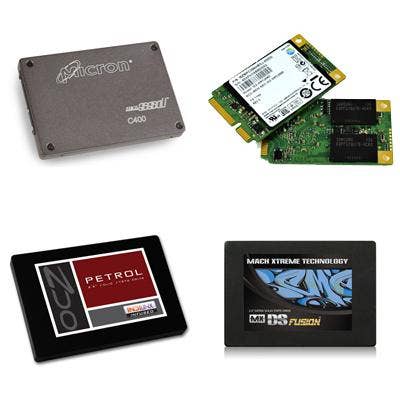
Wide Range Of SSDs, Flash Memory Devices For Any Task
Not so long ago, the addition of a simple SSD to a storage array or notebook PC was all that was needed to increase storage performance.
That is no longer the case. Storage vendors have developed a widely diverse range of solutions featuring SSDs and Flash memory modules that can be applied in different parts of the server-storage infrastructure. These include add-on SSDs for arrays, PCIe-based Flash memory modules for servers, SSD-based cache devices sitting between servers and storage, and even all-SSD or all-Flash arrays for extreme performance with no room for traditional spinning hard drives.
CRN has brought together information on 12 new products introduced in the second half of 2011 that illustrate the diversity of solutions for improving storage performance. Continue on and start thinking about what might work for your customers.
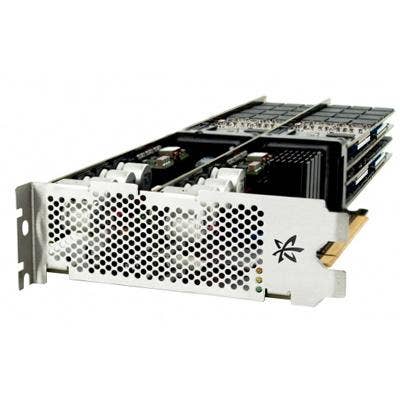
Fusion-io: 20 TB Flash In 1U Server
Fusion-io, a Salt Lake City, Utah-based developer of high-speed Flash memory modules and software for accelerating storage performance, in November unveiled a new Flash-based storage acceleration device targeting application acceleration.
The company's new 10-TB ioDrive Octal is a double-wide PCIe device that integrates eight 1.28-TB MLC Flash-based ioMemory modules. Two of those could be mounted in a typical 1U server for a total of up to 20 TBs of SSD for accelerating high-performance, scalable applications.
Unlike SSDs, the ioDrive Octal connects directly into a PCIe slot in a server, and is therefore treated as a high-performance, direct-access memory device. It is expected to be available this quarter.
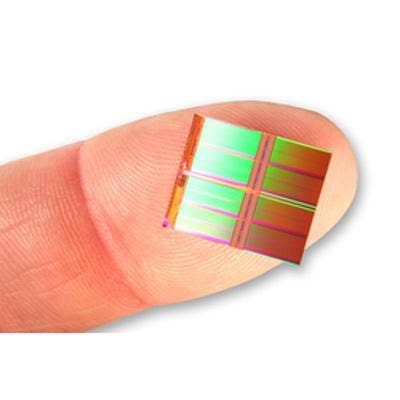
Intel And Micron: 20-nm NAND Developments
Intel and Micron Technology in December unveiled what the two called the world's first 20-nm, 128-Gbit, multilevel-cell (MLC) NAND device, and said they are in mass production of their 64-Gbit, 20nm NAND devices.
The two companies, which have a joint venture company called IM Flash Technologies, said that with the new 128-Gbit NAND chips, it is possible to use eight dies to put 1 terabit of data storage capacity in a fingertip-sized package, with speeds of up to 333 megatransfers per second in tablet PCs, smart phones, and high-capacity solid state drives (SSDs).
The new 128-Gbit NAND devices are expected to start sampling this month, with mass production slated to begin in the first half of 2012.
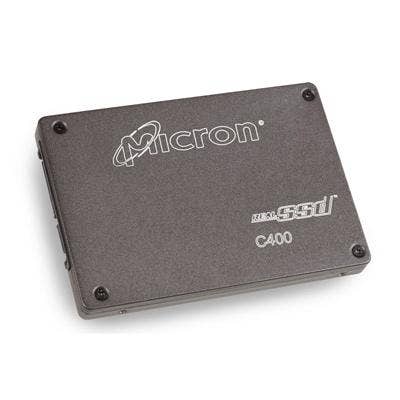
Micron: Refreshed Self-Encrypting SSD Line
Boise, Idaho-based Micron in September introduced a new version of its RealSSD C400 SSD with hardware data encryption. The C400 SED (Self-Encrypting Drive) is based on the Trusted Computing Group (TCG) Opal specifications, and provides a hardware-based solution for securing data against malicious attacks.
The C400 SED's uses a hardware-based, AES-256-bit encryption engine and security firmware. The encryption key is protected within the SSD's hardware. Micron partners with encryption management provider Wave Systems, whose Embassy management software provides policy-based access controls, comprehensive reporting, directory services integration, and end-user access recovery. The 2.5-inch and 1.8-inch form factor C400 SED SSDs are available in 128-GB, 256-GB, and 512-GB capacities, and have a 6-Gbit SATA interface. It can deliver sequential read speeds of up to 500 MBs per second and write speeds of up to 260 MBs per second.
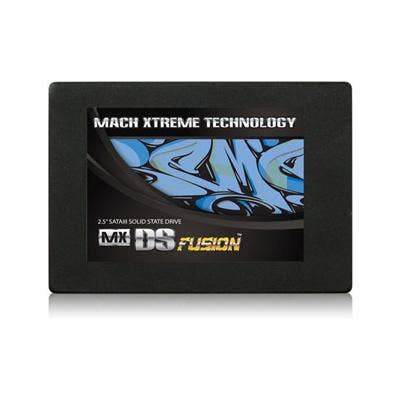
Mach Xtreme: Performance And Packaging To The Max
Taiwan-based Mach Xtreme Technology started the Summer with the July release of its MX-DS Fusion series of 2.5-inch mobile and desktop SSD drives. The MX-DS Fusion comes in capacities ranging from 60 GBs to 240 GBs, and features a high-performance 6-Gbit-per-second SATA interface.
The 240-GB model features a maximum read speed of 450 MBs per second, and a maximum write speed of 420 MBs per second. They also feature the company's DuraWrite technology, which optimizes writes to the flash memory over conventional controllers along with intelligent block management and wear leveling to increase overall endurance and reliability.
Mach Xtreme, unlike more boring SSD vendors, actually engages a European graffiti artist to design its packaging and marketing materials.
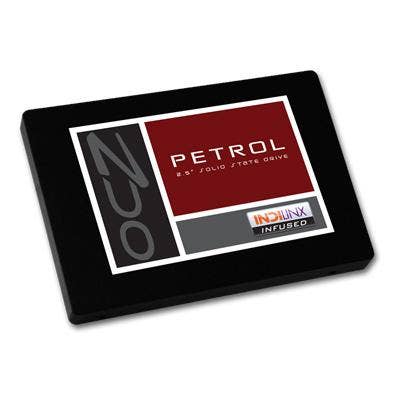
OCZ: High Performance, Low Latency
San Jose, Calif.-based OCZ Technology Group last month launched its Indilinx Everest-based Petrol SSD series targeting cost-sensitive applications requiring high-performance storage.
The MLC NAND-based OCZ Petrol Series, which is slated to ship shortly in capacities ranging from 64 GBs to 512 GBs, delivers bandwidth up to 400 MBs per second and 35,000 IOPS. Features specific to OCZ's Indilinx SSD line include proprietary page mapping algorithms for steady mixed-workload performance, and latency reduction technology for access times as low as 0.06ms.
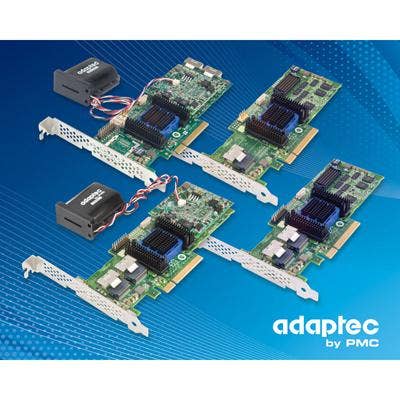
PMC-Sierra: Flash Cache For Fast Apps
PMC-Sierra, Sunnyvale, Calif., in October unveiled its new Adaptec Series 6Q with maxCache 2.0 SSD caching solution for accelerating data center and cloud computing application performance. The maxCache 2.0 uses SSDs to cache frequently accessed data with an intelligent, learned-path algorithm to improve hard drive-based array performance. It also supports write caching to expand the application workloads that can benefit from this technology.
The Series 6Q will ship standard with PMC's second-generation Zero Maintenance Cache Protection, which uses super capacitors to eliminate the maintenance and environmental costs of lithium ion battery-based solutions.
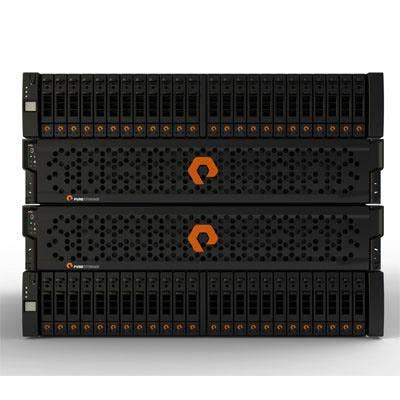
Pure Storage: Pure Flash Array
Pure Storage, a Mountain View, Calif.-based startup, exited stealth mode in August with a $30 million round of funding including investment from Flash memory developer Samsung while unveiling what it calls the first storage array built from the ground-up around high-speed Flash memory.
The Pure Storage FlashArray features a scalable storage architecture built around the company's controllers, each of which features 12 processor cores that provide 300,000 IOs per second (IOPS) sustained performance, and 180,000 IOPS write performance, all with a latency of under 1 millisecond. Each controller can be connected to up to four storage shelves, each of which has up to 5.5 TBs of MLC-based Flash storage. The shelves connect to the controller via redundant 6-Gbps SAS links, while the controllers feature 8-Gbps Fibre Channel and 10-Gbps Ethernet network connectivity.
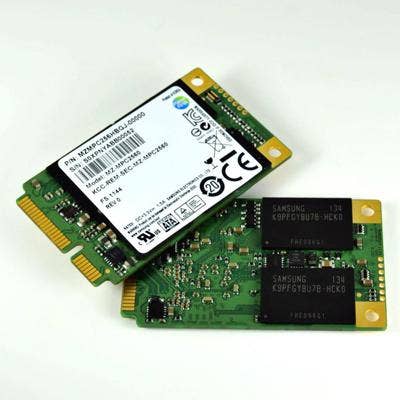
Samsung: High-Performance SSDs for Ultra-Slim Notebooks
Samsung Electronics last month started volume production of SSDs supporting the Mini-Serial ATA (mSATA) interface for use in ultra-slim notebooks such as Ultrabook PCs.
The new Samsung mSATA SSDs, part of the company's PM830 product family, are expected to be available in 256-GB, 128-GB, and 64-GB capacities for use as primary storage devices, and in a 32-GB version for use as a caching device. Sequential read performance is up to 500 MBs per second, while sequential write performance is about 260 MBs per second. They also feature 256-bit AES encryption.
The SSDs weigh only 8 grams. They use the company's 20 nanometer class NAND flash memory components.
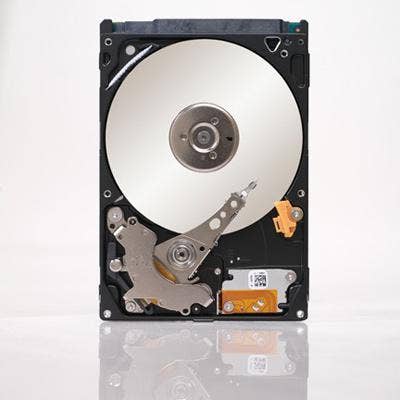
Seagate: Second-Generation Hybrid SSD
Seagate in November started shipping a new version of its Momentus XT hybrid drives, which combine spinning disk with Flash memory.
The new drives feature a 750-GB capacity spinning hard disk, which is 50 percent greater than the 500 GBs of capacity in Seagate's original Momentus XT drives, as well as 8 GBs of SLC NAND-based memory, which is double the original Flash memory. They also include a 6-Gbps SATA interface compared to the original 3-Gbps SATA. With the increased Flash memory and new interface, the new Momentus XT's performance is about 1.5 times faster than that of the original version.
New to the Momentus XT drives is Seagate's FAST Boot, which keeps the boot data in the Flash memory as a way to boot a PC in only one-third the time compared to standard hard drives.
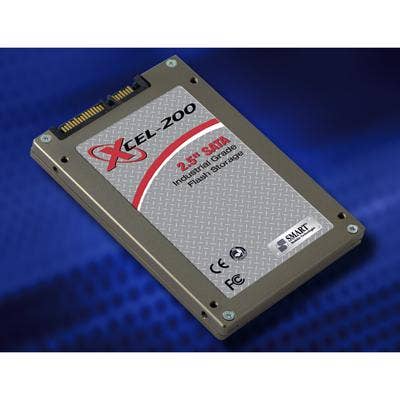
Smart Modular: Rugged SSDs
SMART Modular Technologies, Newark, Calif., in October unveiled its Xcel-200 2.5-inch SATA SSD. The SLC NAND Flash-based Xcel-200 SSDs are available in capacity points from 60 GBs to 240 GBs.
The new SSDs feature sequential reads and writes at up to 500 MBs per second, and offer such reliability features as a backup power circuit to prevent data loss in the event of unplanned power interruptions and internal flash redundancy to protect against flash block failures.
The Xcel-200 are ruggedized to meet MIL-STD-810 to operate in high shock and vibration applications at industrial operating temperatures of -40 degrees to +85 degrees Celsius. They are also certified for operation at altitudes up to 80,000 ft.
Volume production is expected to start this quarter.
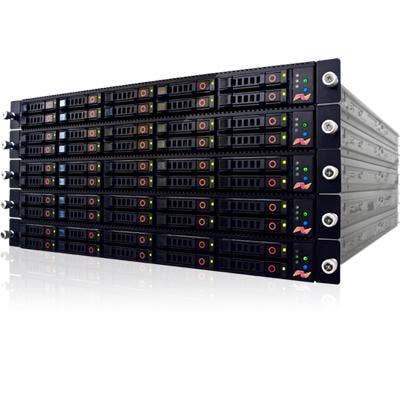
SolidFire: Scale-out Clustered SSD Storage
SSD-based primary storage vendor SolidFire in November said it closed a $25 million round of venture funding to help reach into the cloud service provider market.
SolidFire is developing scale-out clustered SSD storage which allows cloud service providers to overcome performance issues caused by multiple customers storing data on the same storage infrastructures. Volume production is expected to start soon.
The SolidFire architecture consists of SSD-based storage nodes, each of which includes 3 TBs of raw capacity or about 12 TBs of effective capacity. Service providers start out with a minimum of three nodes clustered using 10-Gbit Ethernet.
At the minimum configuration, the architecture provides 50,000 IOPS, but it can be scaled to 100 nodes with up to 1 petabyte of capacity to host over 100,000 tenant volumes and over 5 million IOPS.
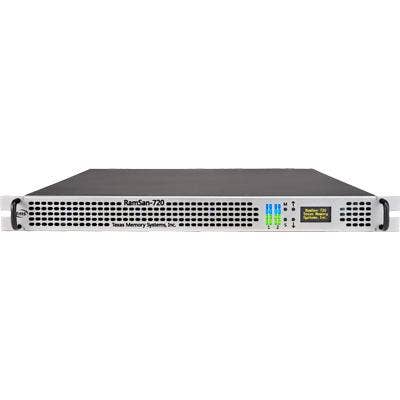
Texas Memory Systems: Taking Extreme Performance One Step Further
Texas Memory Systems last month unveiled its new RamSan-720 system, a 1U RAID-based storage device with 12 TBs of Flash memory. The RamSan-720 offers 5 GBs per second of bandwidth with no single point of failure.
The RamSan-720's high availability stems from the company's TMS 2D Flash RAID technology, which incorporates chip-level Flash RAID within each Flash module as well as a centralized system-level RAID across Flash modules. It also includes Variable Stripe RAID technology to automatically bypass failed Flash devices. Both RAID techniques are implemented in hardware. The system also includes redundant data paths, AC power units, and batteries to improve availability.
The RamSan-720 is slated to ship later this month.